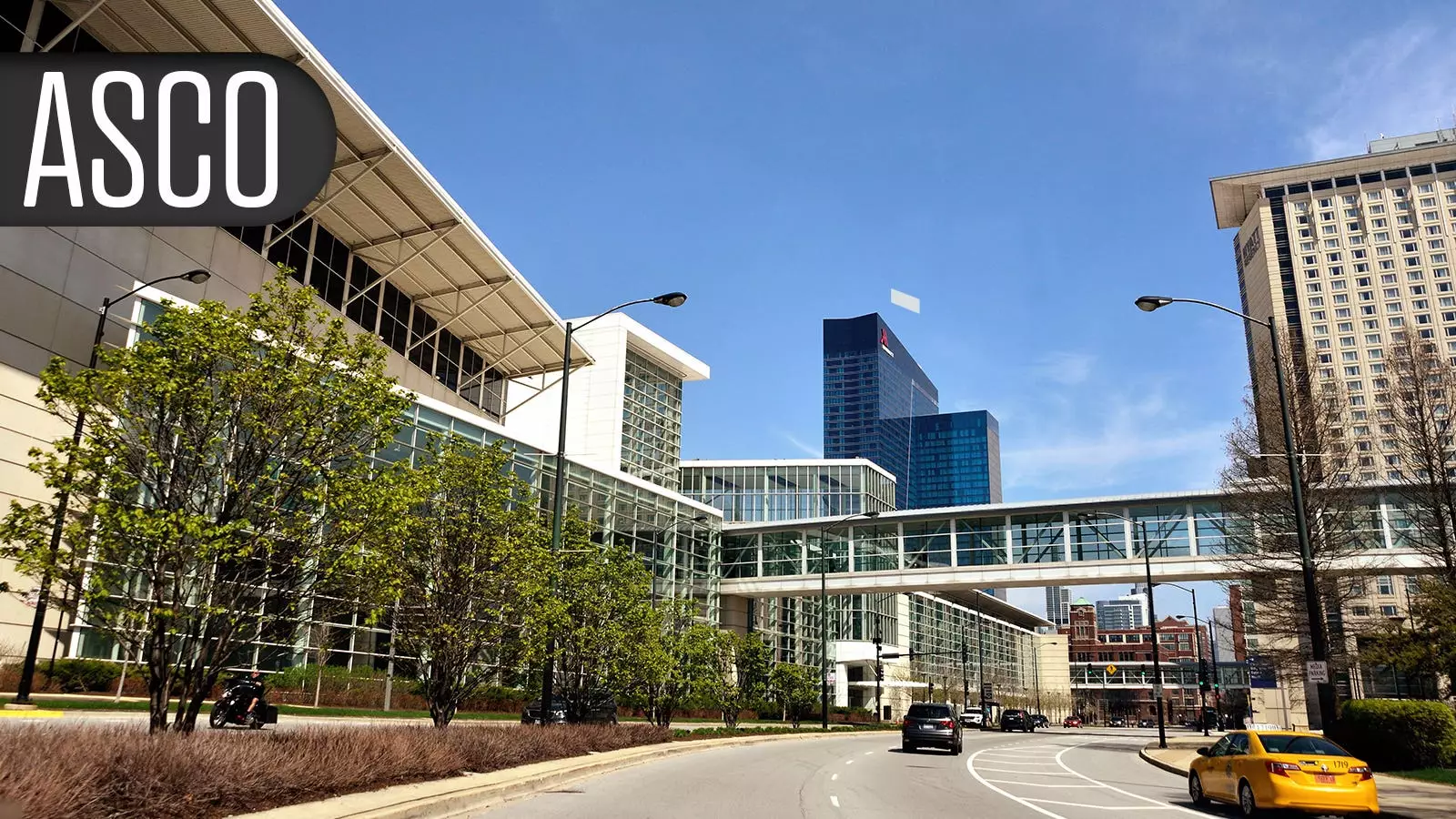A recent interim analysis of the phase III ECHELON-3 trial has showcased the potential benefits of a triplet combination for patients with diffuse large B-cell lymphoma (DLBCL). The combination of brentuximab vedotin (BV), lenalidomide, and rituximab outperformed the standard lenalidomide-rituximab regimen in terms of overall survival (OS). Patients who received the triplet experienced a median OS of 13.8 months compared to 8.5 months for those on the placebo, representing a significant 37% reduction in the risk of death. This promising result suggests that the triplet combination could address a critical unmet need in patients with relapsed/refractory DLBCL.
In addition to the improved OS, the triplet regimen also demonstrated benefits in terms of progression-free survival (PFS), overall response rates, and complete response (CR) rates. Patients receiving BV with lenalidomide-rituximab had a longer PFS (4.2 months vs 2.6 months), higher overall response rates (64% vs 42%), and increased CR rates (40% vs 19%) compared to those on the standard regimen. These secondary endpoints further support the potential efficacy of the triplet combination in improving outcomes for patients with DLBCL.
One of the key advantages of the BV plus lenalidomide-rituximab regimen is its ability to provide a viable treatment option for patients who are ineligible for other therapies such as CAR T-cell therapy, transplant, or bispecific antibodies. This could be particularly beneficial for patients with access issues, comorbidities, or prior treatment exposure that limit their eligibility for these intensive treatments. According to session discussant Peter Riedell, MD, these challenging therapies can often be limited by various factors, including patient-specific issues, disease characteristics, and logistical challenges. The triplet combination offers a promising alternative for patients who may not be candidates for more aggressive therapies.
Despite the positive outcomes observed with the triplet regimen, there were some notable toxicity concerns associated with the treatment. Patients receiving BV along with lenalidomide-rituximab experienced a higher incidence of grade 3 or greater treatment-emergent adverse events (AEs), hematologic toxicity, and peripheral neuropathy. The increased burden of these adverse events highlights the importance of careful monitoring and management of side effects in patients undergoing the triplet combination therapy.
The patients enrolled in the ECHELON-3 trial were reflective of real-world clinical practice, with a median age of 70-74 and a diverse demographic representation. The majority of patients had primary refractory disease, non-germinal center B-cell (GCB) phenotype, and had been exposed to multiple lines of prior therapy. Additionally, a significant proportion of patients had received CAR T-cell therapy, bispecific antibodies, or hematopoietic stem-cell transplantation (HSCT) prior to enrollment in the trial. These characteristics underscore the complexity of treating patients with relapsed/refractory DLBCL and the need for innovative treatment approaches like the triplet combination therapy.
The analysis of the ECHELON-3 trial showed that the triplet regimen was effective in both CD30-positive and CD30-negative disease subsets. Patients in the CD30-positive subgroup had a higher response rate to the BV-containing regimen compared to those on the lenalidomide-rituximab alone, with improved complete response rates as well. Similarly, patients in the CD30-negative subgroup also benefited from the triplet combination, demonstrating better response rates and longer duration of response compared to the standard regimen. These findings suggest that the triplet combination could be a valuable treatment option for a broad range of patients with relapsed/refractory DLBCL.
The triplet combination of brentuximab vedotin, lenalidomide, and rituximab shows promise as a potential treatment option for patients with relapsed/refractory DLBCL. While the therapy has demonstrated improved survival rates and response outcomes, clinicians must be mindful of the potential toxicity associated with the treatment. Further research and long-term follow-up are needed to fully assess the efficacy and safety of the triplet combination in a broader patient population.

Leave a Reply